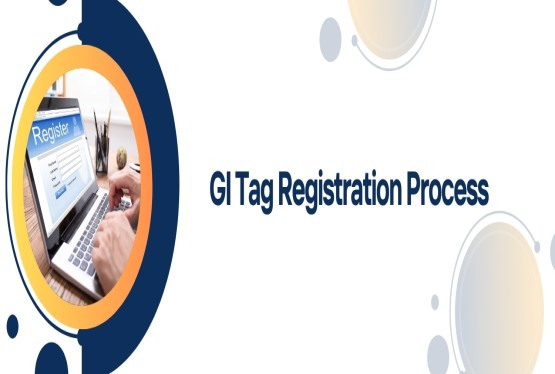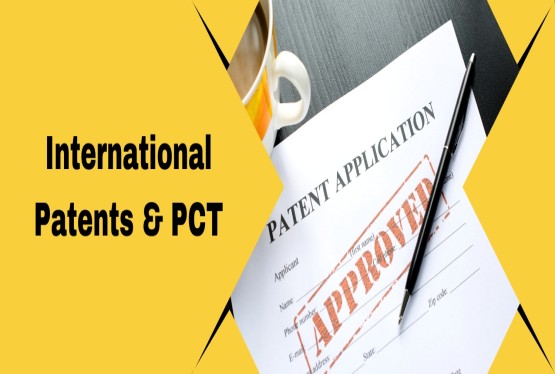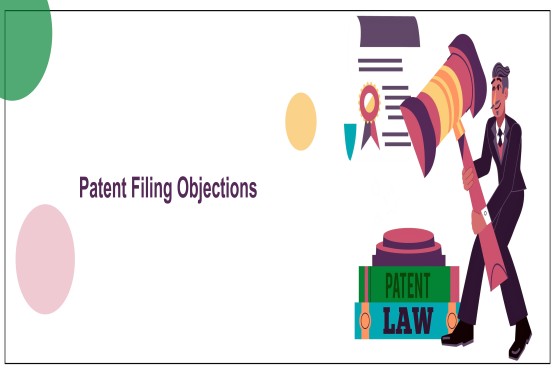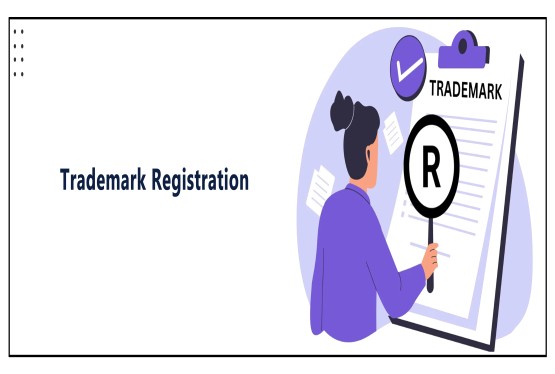A collective mark is a trademark owned by an organisation or association and used by its members to indicate membership in the group in order to distinguish their products and services or to identify themselves with a level of quality, accuracy, geographical origin etc. Generally trademarks serve as “badges of origin” by indicating the source of the goods or services. Collective marks on the other hand can be used by more than one trader or individual concern provided that they are the member of the collective. Similar to trademarks, collective marks are also in the form of word, symbol, or group of words.
Examples of collective marks are:
-
McDonald’s®, a trademark of McDonald’s Corporation
-
100% Recycled Paperboard®, registered by Recycled Paperboard Alliance Inc.
Collective marks are often confused with Certification marks. The fine line difference between the two is that the Collective marks are used by the members of the collective only, whereas certification marks can be used by anybody who complies with the standards defined by the owner of that particular Certification mark. For example, any gold jewellery which conforms to all the standards laid by Bureau of Indian Standards can have the Hallmark on it to show its level of purity, but only people who are members of Institute of Company Secretaries of India (ICSI) or Institute of Chartered Accountants of India (ICAI) can use the mark of a CS or CA respectively.
That is why it is always advisable to seek the help of an experienced trademark attorney for registration of your mark.
Recent Judgement related to Collective Marks
International Society for Krishna Consciousness (ISKCON) vs Iskcon Apparel Pvt. Ltd and Ors: The matter related to a trademark infringement and passing off suit against Iskcon Apparel, an apparel company, selling products using the brand name ISKCON. The court held while taking serious steps against ISKON Apparel for misusing their brand name through the civil action that the trademark “ISKCON” fulfils all the requirements stipulated in the TMA and qualifies to be recognized as a well-known trademark.
Benefits of a Collective Trademark
1. Exclusive Trademark Rights: When it comes to collective trademark registration, the business owner secures exclusive rights over the use of the trademark. For this reason, the owner has the right to utilise the collective mark for all the products produced by his/her business or services rendered submitted in the trademark application.
2. Builds Reputation and Goodwill: A trademark on the product helps build brand reputation and generates goodwill. This will further help customers identify products accordingly and form trust. Thus, enabling a loyal set of customers who will always choose products belonging to one particular brand for regular use.
3. Unique Products: Concerning competition, a good service mark registration can help make a service unique and further help in its promotion. The trademark will represent the vision or quality of the brand, and in turn, help associate the business with it.
4. Identifies Value: Another benefit of trademark registration of a product is that it helps attach identity to the value provided by the product. This way, the brand also becomes part of that identity prompting customers to associate the same value and draw in new customers or clients. They will be able to distinguish the quality of the product by its trademark.
5. Product Symbol: A registered trademark can use the symbol on its logo to communicate that it is part of a registered trademark, and no one can use any of its symbols. It is inclusive of its different uses, just as rights. If someone replicates the design, logo or symbol then that person can be sued by the business.
6. Protection Against Infringement: Through a product brand name registration, the trademark becomes an exclusive right for the business owner, in terms of usage. Hence, competitors or individuals cannot use the trademark or logo without the endorsement of the business owner. Thus registering a product with the help of trademark attorneys helps in protecting against infringement of the logo.
7. 10-Year-Validity: Registered trademarks have a 10-year validity and can be renewed indefinitely. It is cost-effective and enables the business to create and maintain a unique identity.The trademark renewal process can be easy and convenient for the registered users if you seek help of an experienced trademark agent around you.
8. International Collective Mark Registration: To secure a trademark on products in foreign countries, the trademark must be applied in that respective company. For this reason, the trademark applied in India can be used as a premise when applying in other countries. This will be used as a base when applying for a trademark in other countries, along with the goodwill earned in India.
Documents Required for Registration of Collective Mark in India
To file a collective mark application, the following documents are required:
-
If the applicant is a person: Documents supporting the individual’s name, address and nationality.
-
If the applicant is a company: Documents supporting the country/state of incorporation alongside the complete address of the company.
-
If the applicant is a partnership firm: Documents supporting all partners.
Products to be used in the name of registered trademark
-
The Trademark to be registered
-
If a trademark application is filed previously in another country, then details such as application number, filing date, country, and goods/services. For this, a certified priority document or a notarised copy has to be submitted to the Trade Marks Office within two months of applying.
-
In case of application filed in “prior date” use, all the evidence of prior usage is to be filed along with an affidavit testifying its use.
-
In case an application is filed with the help of a trademark attorney, the Power of Authorization (POA) needs to be filed with all the other mandatory documents.
-
An authorisation document signed by the authorised signatory or the applicant, with the name and designation mentioned on it.
-
All the documents need to be submitted alongside the TM-A form filed for the registration of your mark.
Registration Process of Collective Mark
The process for the registration of trademark and a collective mark is similar and is provided in section 62 & 63 of The Trade Marks Act, 1999, which lays down two essential components for registration of collective mark which are as follows:
-
Intelligible: A collective mark can only be registered if the proposed mark is not capable of deceiving or causing confusion or irregularity for the general public and further there is no plausibility of being taken as something other than a collective mark. However in cases where the proposed mark is capable of deceiving or causing confusion or irregularity and is likely to be taken as something other than a collective mark then the Registrar may require that the proposed mark in respect of which application is made shall show some indication that it is a collective mark.
-
Regulation for the mark: An application for registration of a collective mark is required to be followed by the regulation that governs the usage of such collective mark. The regulation should specify the authorised persons to use the mark, the conditions of the membership of the collective or association, the conditions to use the mark, sanctions against misuse of the mark and such other matters as may be directed.
Acceptance of Application along with Regulations
As per section 64 of The Trademarks Act, 1999, if the Registrar is satisfied that the conditions for registration are fulfilled, he shall accept the application together with the conditions, either unconditionally or subject to such conditions including changes of the said regulations, if any, as he may deem fit or refuse to accept it and if accepted shall notify the regulations. Section 65 of this provides that the regulations shall be open to public examination in the same way as that of the register as provided in Section 148.
Grounds for Removal of Collective Marks
As per section 68 of The Trademark Act, 1999 a collective trademark can be struck from the Trademarks Register for the below mentioned reasons:
-
For Non-use of the mark as a trademark as per Section 47
-
Whenever a mark is descriptive, as defined by Section 36
Infringement of Collective Mark
As per section 67 of the Trademark Act, 1999, in the event of an infringement a lawsuit can be filed by the registered user of the collective mark. Moreover while adjudicating the suit the court will take into account the damages of all authorised users and not just the registered user of the mark and may impose monetary fine to make up for those losses.
Conclusion
Collective marks have become an instrument used by consumers to differentiate between various brands/companies competing in the sale of similar goods and services. Correct use of the collective mark can assist the company in Goodwill building in terms of quality, accuracy, origin at an early stage. The trademark examination of a collective mark is quite similar to a regular trademark in regards to originality, deceptiveness and the confusion that might be faced by a consumer; the only difference lies in the usage and the ownership of the two.
Remember, protecting your brand is essential for the success of your business. By following the eligibility requirements for trademark registration in India, you can safeguard your intellectual property and stand out in the marketplace.
Are you also looking to get your trademark registered or stuck in any trademark procedure? We are here to help you anytime! We will not only help you register your trademark but also protect your mark at all the stages of registration. For any further clarifications and suggestions, kindly connect on 9988424211 or mail at info@ccoffice.in.






























_(b)_of_the_Trademark_Act,_1999_(1)_crop10_thumb.jpg)



_crop10_thumb.jpg)




























_crop10_thumb.jpg)
_crop10_thumb.jpg)






_crop10_thumb.jpg)








_crop10_thumb.jpg)



_crop10_thumb.jpg)





























_crop10_thumb.jpg)

















_crop10_thumb.jpg)





_crop10_thumb.jpg)












































































































































_crop10_thumb.jpg)




































_crop10_thumb.jpg)












_crop10_thumb.jpg)













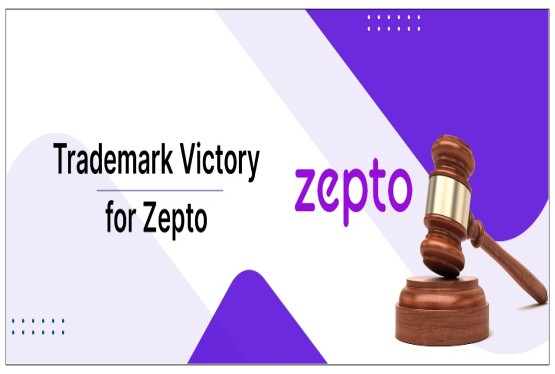




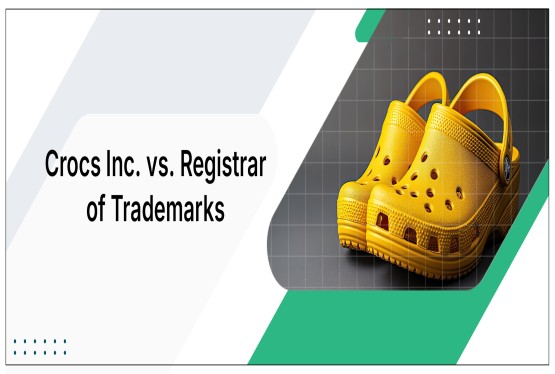




























_crop10_thumb.jpg)

















